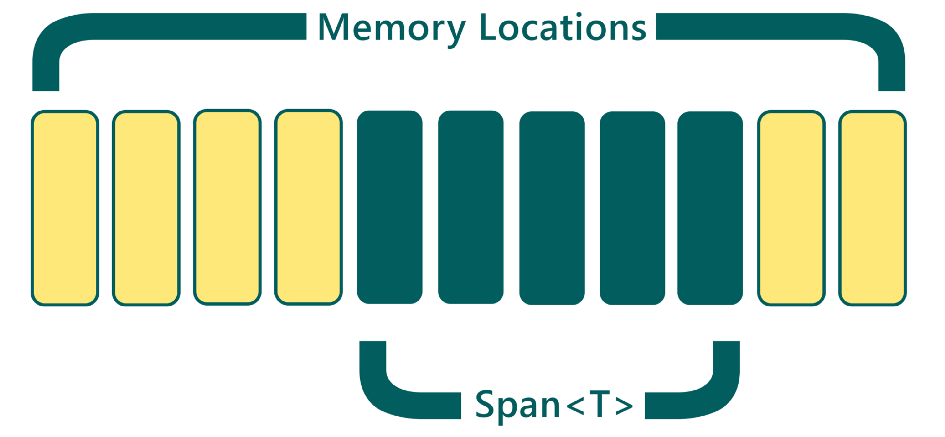Julia vs Python. Which is Better?
- The Tech Platform

- Jan 15, 2022
- 2 min read

Julia
Julia is a programming language developed by four MIT students. It is a programming language with flexible coding syntax similar to Python and a high execution speed similar to C language. Julia is an open-source language, which is mainly used for Data Analysis and Statistical Computation. It can even be used for Big Data and Cloud Computing. Julia has more execution speed than both Python and R.
Features:
Below are the unique features of the Julia programming language:
Julia has an interactive command line and Read Eval Print Loop (REPL) that helps in adding quick commands.
Julia is a compiled language and is also called a just-in-time (JIT) compilation. Julia uses the LLVM framework for compilation, which is the reason for its high-speed execution.
The syntax of Julia is very easy and straightforward.
It can easily import and use the external libraries to interface the code written in Fortran, C, and Python.
Julia offers both static as well as dynamic typing. It means you can declare the variable before usage or create a function accepting variable without declaring it.
It comes with a debugger that allows coders to add breakpoints and check the results.
Julia supports meta-programming, which allows programs written in Julia to create Julia apps.
The syntax of Julia is like mathematical formulae that make it easy to use for those working on Mathematics-based coding.
Python
Python is an object-oriented and interpreted language. It is a flexible coding language that helps programmers to write the code dynamically using a few lines. It is a very quick and efficient programming language that comes with features, such as dynamic typing, high-level data structures, and dynamic binding. All these features make Python a rapid application development scripting language and popular in the community.
Features:
Below are some unique features of Python:
It is a high-level programming and developer-friendly language, which is easy to learn and easy to code.
Being an open-source and free language it can be downloaded easily online.
The language supports object-oriented concepts, including classes, Polymorphism, Encapsulation, etc.
Python is an extensible language, and its code can be written and compiled in C or C++.
It is an interpreted language and need not be compiled. The lines are executed line by line that makes the code debug easy.
As a dynamically typed language, here the variables need not be declared before use, and the data type of variable gets decided at the run-time.
Python has a rich set of libraries that ease the coding in Python by simply importing those libraries. So coders need not write that specific code again.
Julia vs Python : Comparison Table
Features | JULIA | PYTHON |
Speed and Performance | Julia is Faster than Python as it has Execution speed as compared to C languages | Python is Slow as compared to Julia |
Community | Julia being a new language holds a community of very small size, hence resources for solving doubts and problems are not much. | Python has been around for ages, and it has a very large community of programmers. So, it becomes much easier to get your problems resolved online. |
Code Conversion | Julia codes can easily be made by converting C or Python codes. | It is very difficult to make Python codes by converting C codes or the other way around. |
Array Indexing | Julia arrays are 1-indexed, i.e. arrays start with 1-n not 0-n. It might cause a problem with programmers having habit of using other languages. | Python arrays are 0-indexed. Generally, every language has 0-indexing for arrays. |
Libraries | Julia has limited libraries to work upon. However, it can interfere with libraries of C and Fortran to handle plots. | Python on the other hand has plenty of libraries, hence it becomes easier to perform multiple additional tasks. |
Dynamically Typed | Julia is dynamically typed language, it helps developers to create variables without specifying their types. Julia also provides a benefit of Static typing. | Python is also dynamically typed and helps in creation of variables without type declaration. It is different from Julia just because it is not statically typed. |
Versatility | Julia is great to use for solving scientific programming problems but not versatile as compared to Python. | Python is easy to read and coding - friendly language that make it versatile language. |
Parallelism | Julia can run the operations parallelly as Julia has more refined and parallel techniques and also has less top-heavy parallelization syntax than used in python which limits the use of Julia as Programming language | Python can also run operations Parallelly. In this, methods used in Python need data serialization and deserialization between threads. |
Tooling Support | Julia does not provide tooling support as much as Python Provides. Julia is new language with native APIs, so there is more possibility of an unsafe interface. | Python provides great tooling support. |
Working in Shell | Julia is well-integrates with the shell. The variables used in Julia can easily be exported to the shell in the form of environment variable. | In Python, it is difficult to integrate and work with the shell as compared to Julia. |
Ease of use for Data Science | Julia has more of the scientific community as it helps to solve mathematical programming problems. So Scientific community people prefer using Julia over Python | Python is more user-friendly which is more of an application programming community. |
Compiled and Interpreted | Julia is not an interpreted but compiled language. It uses the LLVM framework for the compilation that increases the speed of the execution but shows problems in recompiling the code. | Python does not need compilation but is an interpreted language. |
The Tech Platform




Comments